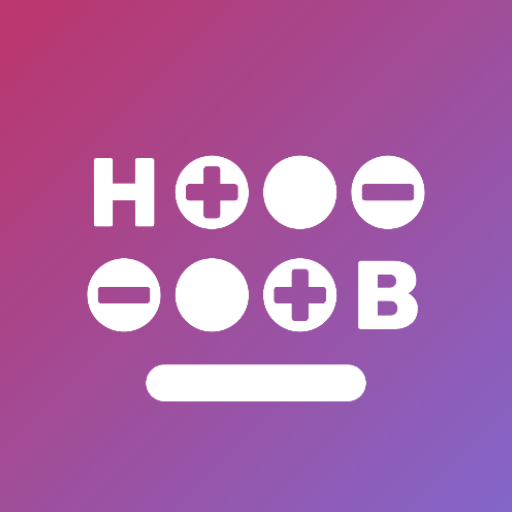- cross-posted to:
- foss_keyboards@programming.dev
- fdroid
- android@lemmy.world
- cross-posted to:
- foss_keyboards@programming.dev
- fdroid
- android@lemmy.world
Permanently Deleted
You are the first person I’ve encountered to say they are impressed with the gestured typing. All the other comments I’ve encountered, myself included, all seem to dislike it. It is the main thing that prevents me from switching from an offline Gboard - I am spending far too much time correcting inputs.
What about it impresses you?
There is probably a simple explanation for this. The previous keyboard I was using is FlorisBoard, which has very poor gesture typing in my opinion. This gesture typing is leagues better than FlorisBoard’s. So to me it feels like a sudden breath of fresh air.
I just tried gesture typing, and it works much better than I expected. I used to use gesture typing 100% of the time for years, but it’s never been good on FOSS keyboards. This feature implementation makes me happy!
As much as I want to use it, CJK support is still missing in most OSS keyboard.
deleted by creator
Will definitely try out this!
I’ve been using this for a few days now. The only thing that might make me return to GBoard is the offline voice to text GBoard has. Is that possible to implement in the future?
FUTO Voice input supports Heliboard




